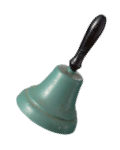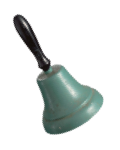What's in the dish?
Otak-otak requires two main components:
1) Rempah, a spice paste that gives otak-otak its distinct orange colour: made using shallots, red chilli and lemongrass
2) Fish chunks
Fish curry powder, tamarind paste, and kaffir lime leaves are used to season the fish paste, and everything is held together by egg yolk and coconut milk
Lemongrass
Lemongrass is a thin, long herb that has a distinct citrus aroma. When mixed with shallots and chilli to make rempah, the subtle hint of spiciness from lemongrass adds a very pleasant flavour to the spice paste, lending the otak otak a refreshing tangy fragrance.
Fish curry powder and kaffir lime leaves
Fish curry powder is used to enhance the spice and flavour of the fish paste. Kaffir lime leaves are highly aromatic leaves, and are a key ingredient in many Peranakan dishes. They have a spiced-citrus flavour which is a lot lighter and zestier than a bay leaf or curry leaf, which adds a refreshing kick to the otak-otak.
Batu Lesung
The mortar and pestle are often used in the preparation of the spices and pastes needed in Peranakan cuisine. Notice the rough and heavy granite that makes up the 2-piece tool. The cool, sturdy weight of the batu lesung can be felt against the hands as the pestle crushes and pounds the lemongrass, shallots and red chilli to release their rich fragrances.
Batang tenggiri
Batang tenggiri, or Spanish mackerel, is the main type of fish used to make otak otak. As the batang tenggiri is a very strong swimmer, its flesh tends to be meaty and firm. The fish is chopped up into small chunks and mixed in with the rempah, and after steaming, they provide an occasional spring to the otak otak’s otherwise smooth texture.
Banana Leaves
Banana leaves are glossy and flexible leaves that are widely used for cooking and serving in many cultures, especially in Peranakan cuisine. They are used to wrap the fish paste for steaming, infusing in the otak otak a subtle, sweet aroma that complements the fragrant spices of the rempah and kaffir lime leaves.


